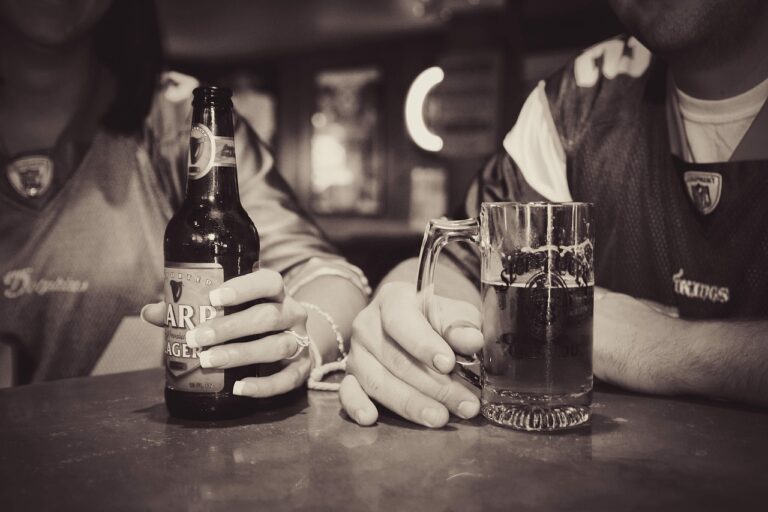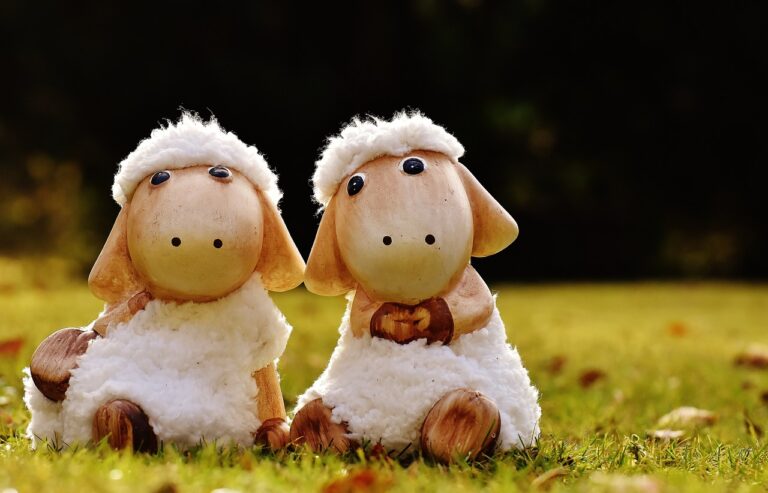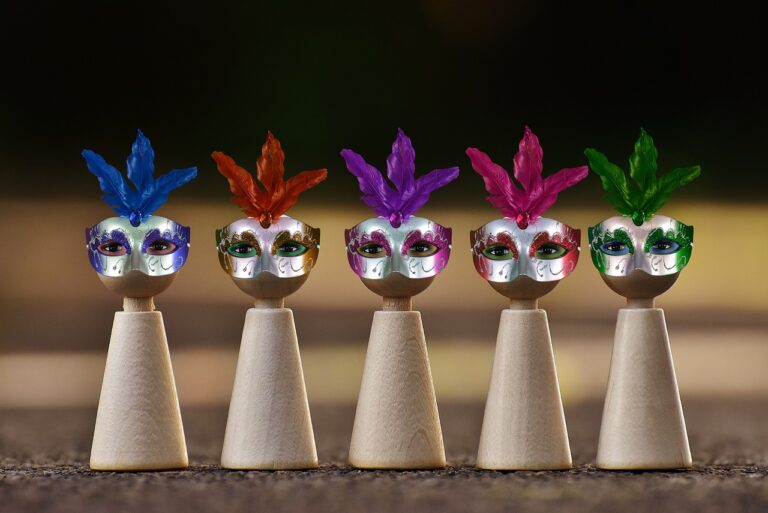The Evolution of Film Genres: From Classic to Contemporary
As the inaugural form of cinematic storytelling, silent films revolutionized the entertainment industry in the late 19th century. Stripped of spoken dialogue, these films heavily relied on expressive acting, visual cues, and title cards to convey narratives to audiences worldwide. Pioneering directors like Georges Méliès and D.W. Griffith played pivotal roles in establishing the foundation of this nascent art form, exploring the boundless possibilities of capturing moving images on celluloid.
The evolution of silent films was marked by significant advancements in technology and storytelling techniques, propelling the medium to new heights of creativity and artistic expression. With the introduction of synchronized sound in “talkies” in the late 1920s, silent films gradually faded into obscurity, but their impact on cinematic history remains undeniable. From the slapstick comedy of Charlie Chaplin to the grandeur of epics like “Intolerance,” silent films continue to captivate audiences with their timeless charm and visual spectacle.
Early Development of Genres in the Golden Age of Hollywood
In the Golden Age of Hollywood, which spanned from the 1920s to the 1960s, the film industry witnessed the evolution and establishment of various genres that continue to shape the cinematic landscape today. Picture houses were filled with a diverse range of films catering to different audience preferences, leading the way for genres such as musicals, comedies, westerns, and film noir to flourish.
Each genre brought its unique storytelling style, visual aesthetics, and emotional resonance to the screen, captivating audiences and setting the stage for future cinematic masterpieces. The Golden Age of Hollywood not only marked a period of creativity and innovation but also solidified genres as a powerful tool for filmmakers to connect with audiences on a deeper level, paving the way for the development of film as a powerful medium of storytelling.
• Musicals: The Golden Age of Hollywood saw the rise of iconic musicals such as “Singin’ in the Rain” and “The Wizard of Oz”, showcasing elaborate song and dance numbers that became synonymous with the genre.
• Comedies: Screwball comedies like “Bringing Up Baby” and slapstick humor in films like “Some Like It Hot” brought laughter to audiences during this era, establishing comedy as a popular genre.
• Westerns: Classic westerns like “Stagecoach” and “High Noon” depicted tales of cowboys, outlaws, and lawmen against the backdrop of the American frontier, becoming a staple genre in Hollywood.
• Film Noir: Dark, moody films such as “Double Indemnity” and “Sunset Boulevard” introduced audiences to gritty crime dramas with morally ambiguous characters and shadowy cinematography.
Rise of the Blockbuster: Action and Adventure Films
In the realm of cinema, action and adventure films have carved out a prominent place for themselves, captivating audiences worldwide with their adrenaline-pumping sequences and larger-than-life characters. These blockbusters have become a mainstay in Hollywood, drawing in massive crowds and setting the box office on fire with their high-octane thrills and jaw-dropping stunts.
From daring heists to epic battles, action and adventure films transport viewers to fantastical worlds where the impossible becomes possible. The rise of these blockbusters has not only fueled the growth of the film industry but also created a cultural phenomenon that resonates across generations. With cutting-edge special effects and heart-stopping action sequences, these films continue to push the boundaries of cinematic storytelling, keeping audiences on the edge of their seats with each adrenaline-fueled moment.
What are some examples of early action and adventure films?
Some early examples of action and adventure films include “The Great Train Robbery” (1903) and “The Adventures of Robin Hood” (1938).
How did the development of genres in the Golden Age of Hollywood impact action and adventure films?
During the Golden Age of Hollywood, genres became more defined and popular, leading to the rise of action and adventure films as a distinct category.
What factors contributed to the rise of blockbuster action and adventure films?
The rise of blockbuster action and adventure films can be attributed to advancements in technology, increasing budgets, and the popularity of larger-than-life characters and stories.
Are action and adventure films still popular today?
Yes, action and adventure films continue to be popular with audiences around the world, with many blockbuster franchises consistently performing well at the box office.







